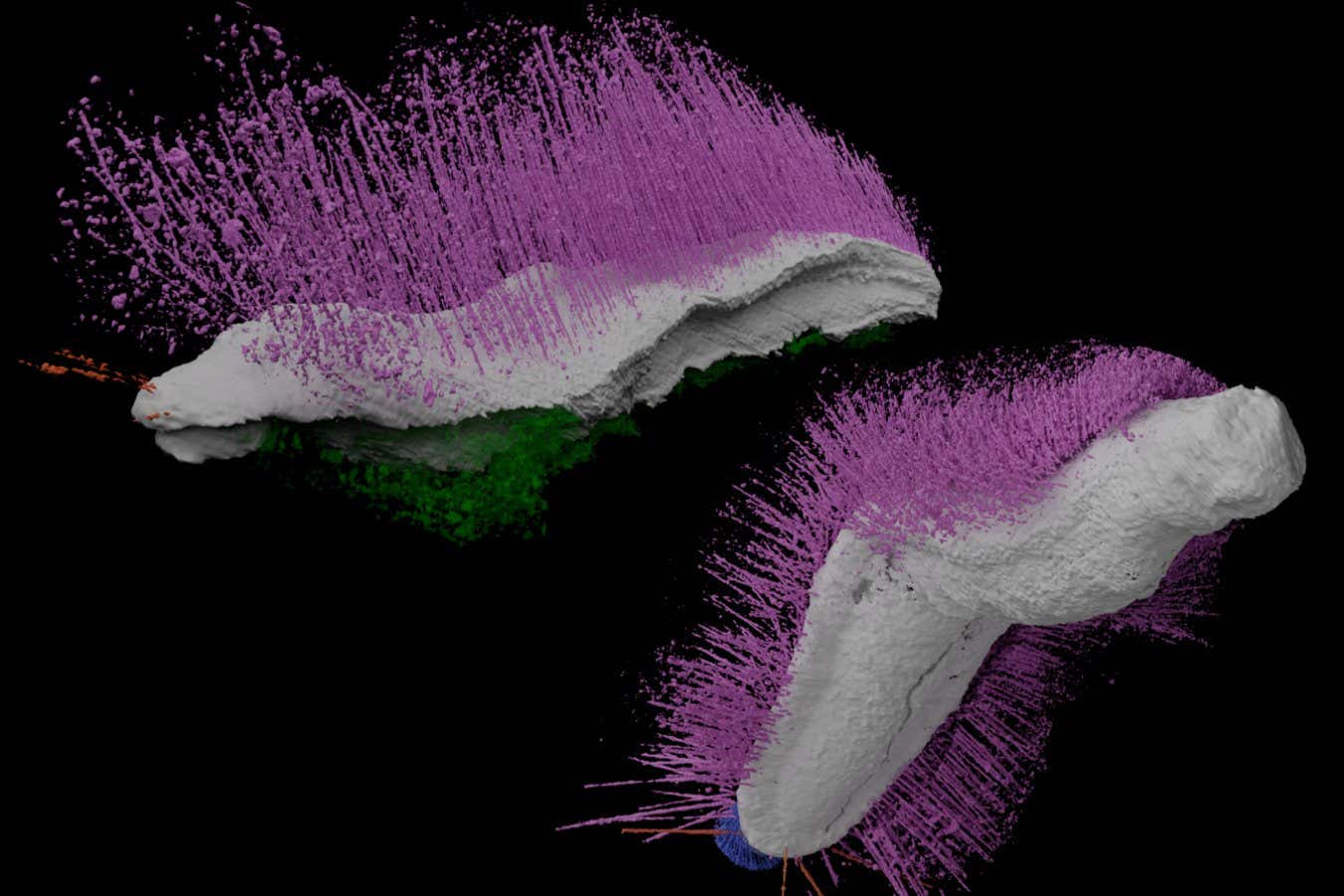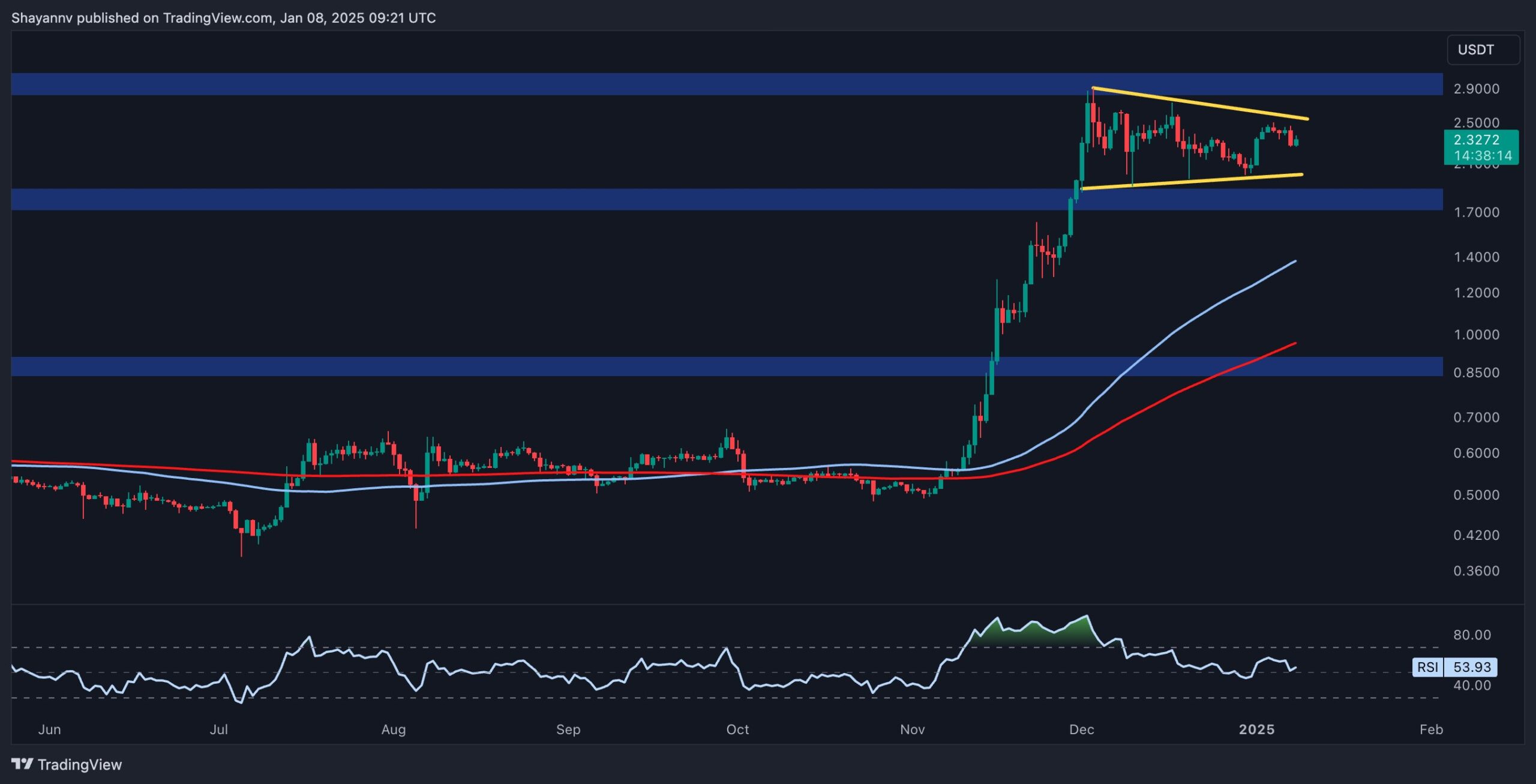
The highly anticipated teleconference set for Tuesday, January 7, at 1:00 pm EST marks a pivotal moment in NASA’s effort to bring samples from Mars to Earth. Administrator Bill Nelson and Associate Administrator Nicky Fox are expected to reveal how the agency plans to resolve the challenges facing the Mars Sample Return (MSR) mission, a collaboration with the European Space Agency (ESA). The outcome of this briefing could chart the future of interplanetary exploration.
The Journey of Perseverance: A Mission in Motion
The Perseverance rover, which landed in Jezero Crater on Mars in February 2021, has been a beacon of exploration and ingenuity. Equipped with cutting-edge tools, the rover’s primary mission is to seek signs of ancient microbial life, a critical piece of the puzzle for understanding Mars’ history.
In addition to its scientific experiments, Perseverance has been collecting samples of Martian rock and regolith (broken rock and dust). These specimens, carefully sealed in titanium tubes, are considered invaluable for analyzing Mars’ geological and potential biological history. The initial plan was to retrieve these samples through a joint NASA-ESA mission, with spacecraft bringing them back to Earth by the early 2030s.
Why Is the Mission in Jeopardy?
In 2023, an independent review scrutinized the feasibility of the MSR mission, exposing several key weaknesses:
- Unrealistic Budget Expectations: Costs for the mission had ballooned beyond initial projections, raising concerns about financial sustainability.
- Timeline Challenges: The mission’s timeline, targeting a return date before 2040, was criticized as overly optimistic.
- Organizational Strain: The structure of the program was deemed “unwieldy” and ill-suited for the complexity of the task.
Compounding these issues, the House and Senate Appropriations Committees recommended a substantial $454 million cut to NASA’s 2024 budget, targeting the MSR mission specifically. This budgetary strain led to workforce reductions at NASA’s Jet Propulsion Laboratory (JPL) and cast doubt on the agency’s ability to deliver the mission within a feasible framework.
Nasa’s Response: Finding a Way Forward
Despite these obstacles, NASA has signaled its commitment to the Mars Sample Return mission. In April 2024, Nelson and Fox assured stakeholders that the mission was not canceled, but emphasized that cost reductions and structural realignments were necessary. The agency initiated a comprehensive review to develop a streamlined approach that would lower costs while maintaining the mission’s scientific goals.
In October 2024, NASA announced the formation of a specialized team tasked with reevaluating the mission. The findings of this group, expected to be a focal point of the upcoming briefing, aim to chart a clearer and more viable path forward.
Why These Samples Matter: The Potential for Groundbreaking Discoveries
The Martian samples collected by Perseverance represent an unparalleled scientific opportunity. By bringing these specimens to Earth, researchers can use advanced laboratory techniques unavailable on Mars to probe questions about:
- The possibility of ancient life: Could microbial life have once thrived on Mars?
- Mars’ geological evolution: How did the Red Planet transform into the desolate world we see today?
- Comparative planetology: What can Mars tell us about the broader evolution of our solar system?
The return of these samples could spark revolutionary insights, not only into Mars but also into the origins of Earth and potentially the building blocks of life.
Challenges Ahead: Technology, Funding, and Politics
Even with a renewed strategy, significant challenges remain. The MSR mission requires unprecedented technological coordination, including:
- A Sample Retrieval Lander (SRL): This spacecraft would land on Mars, collect the cached samples, and launch them into Martian orbit.
- An Earth Return Orbiter (ERO): This ESA-led spacecraft would rendezvous with the samples in Martian orbit and return them to Earth.
- Complex Robotics: Precision engineering is critical to ensure the safe transfer of samples between systems.
Coupled with the financial hurdles, these technical demands create a delicate balancing act. Success will require NASA to demonstrate that it can innovate efficiently under fiscal constraints while maintaining its leadership in planetary science.
What to Expect from the January 7 Briefing
NASA’s update is expected to include:
- Findings from the October 2024 review team.
- A revised mission plan outlining cost-saving measures and new timelines.
- Insights into how NASA plans to coordinate with ESA moving forward.
- Potential alternative strategies to achieve the mission’s goals within reduced funding.
The agency may also address public concerns about the workforce reductions at JPL and reassure stakeholders about its long-term commitment to Mars exploration.
Got a reaction? Share your thoughts in the comments
Enjoyed this article? Subscribe to our free newsletter for engaging stories, exclusive content, and the latest news.







Leave a Comment